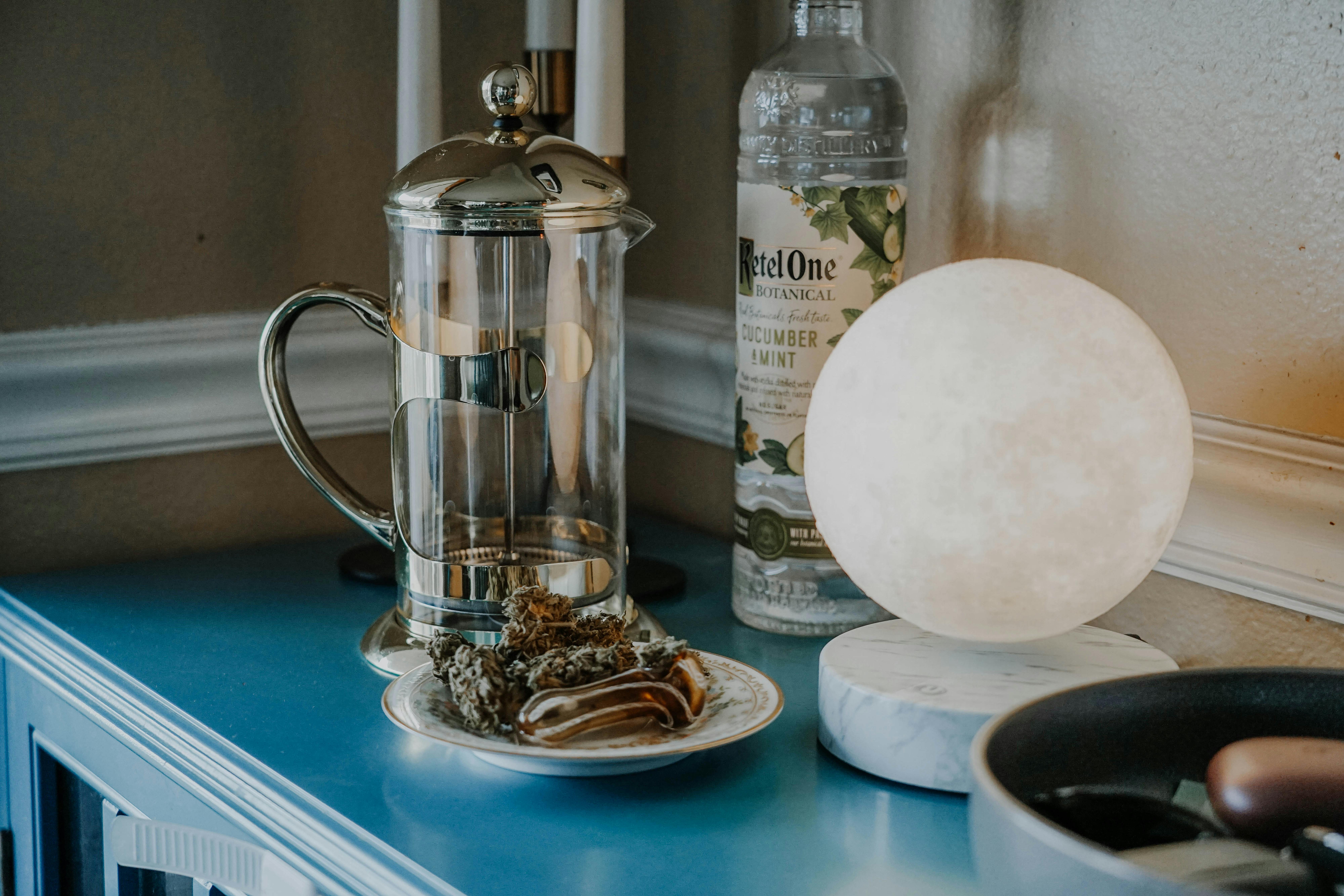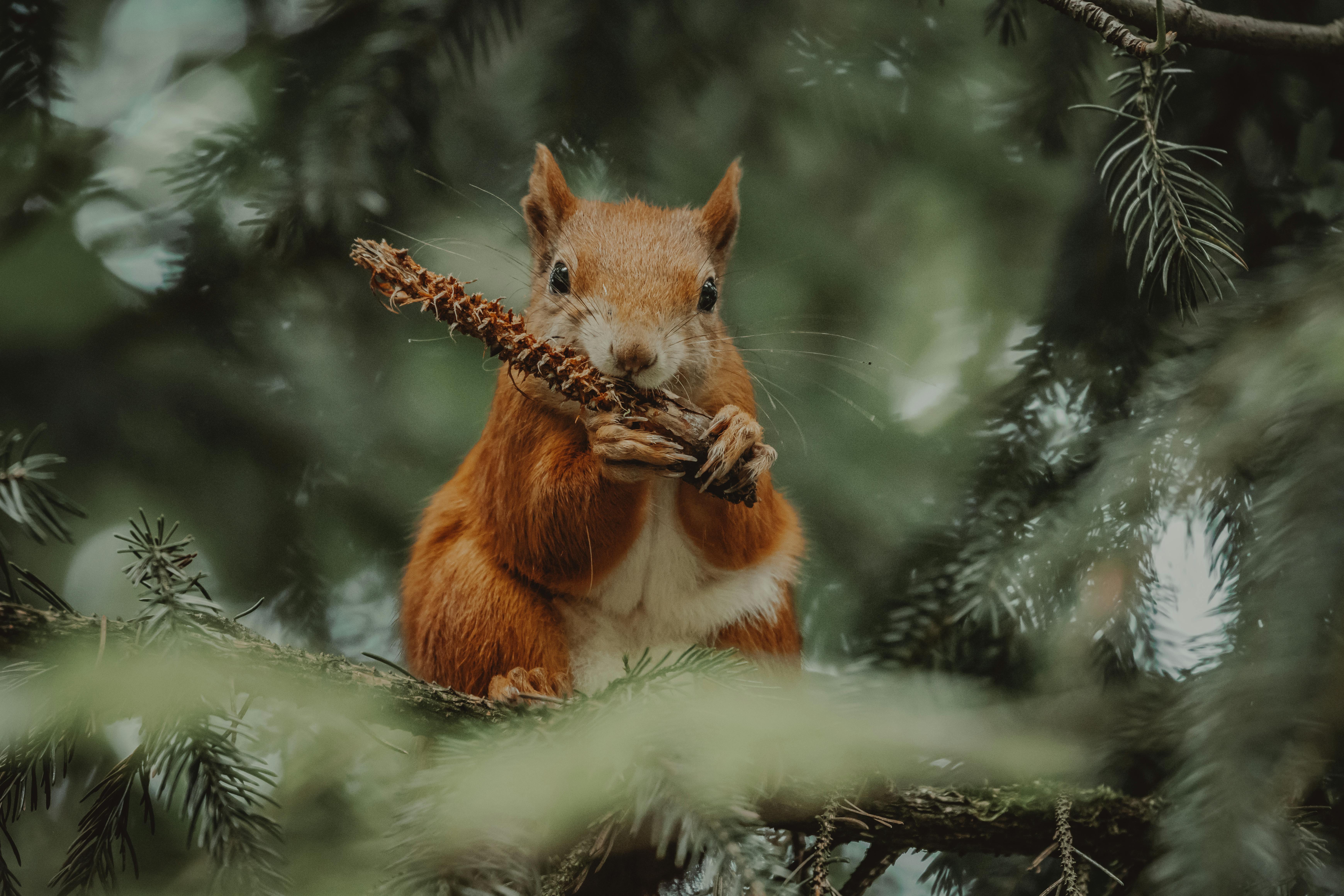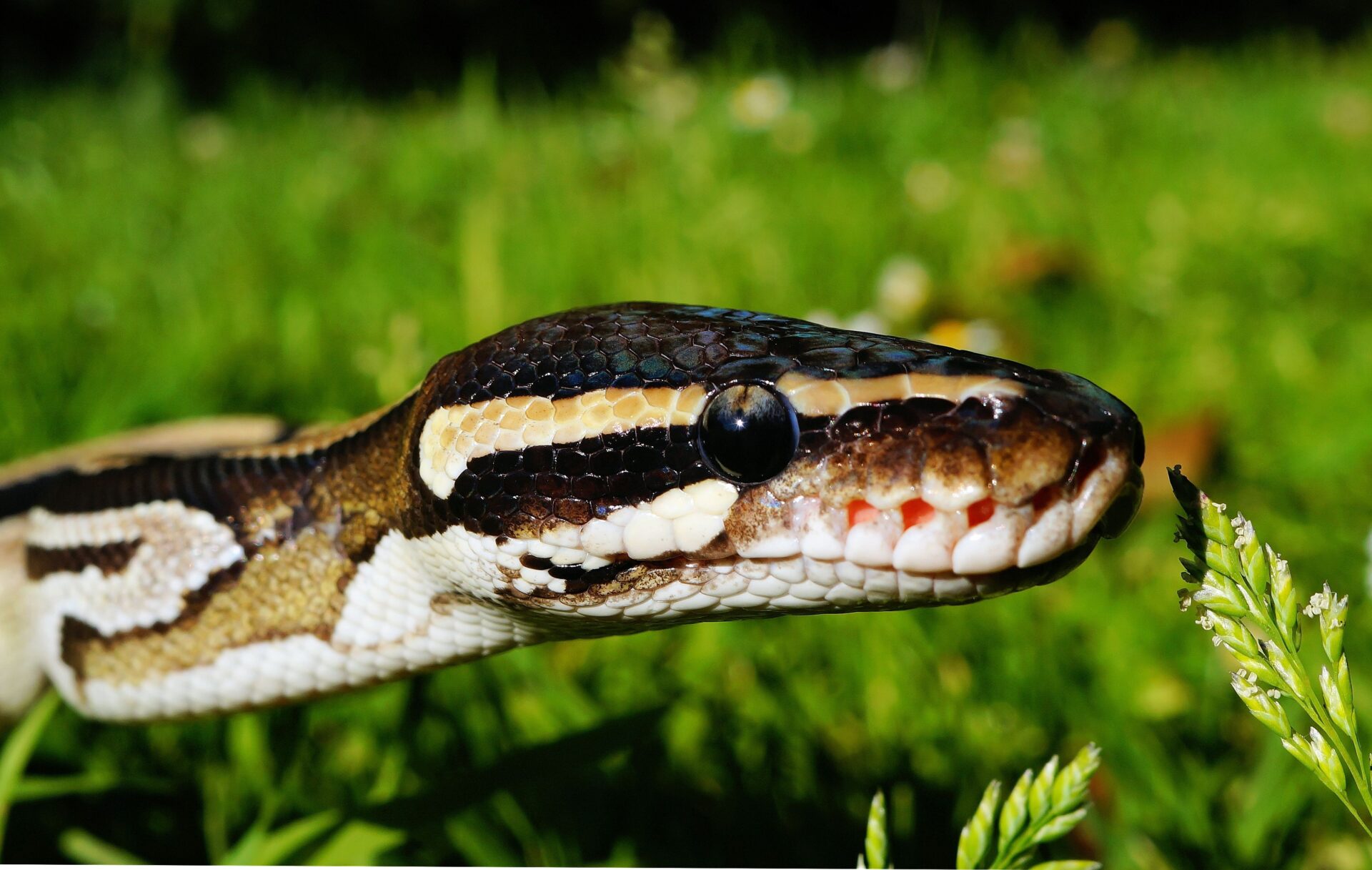It is important to understand how often you should feed your ball python in order to ensure its health and well-being. Depending on the age and size of your ball python, you will need to feed it different amounts of food at different times. It is important to understand the needs of your ball python in order to provide it with the best care possible. In this article, we will discuss how often you should feed your ball python in order to keep it healthy and happy.It is recommended to feed a ball python once every 7-10 days.
Minimum and Maximum Feeding Frequency for Ball Pythons
Ball pythons are a very popular species of snake kept as pets due to their docile nature and relatively small size. It is important to ensure that they are properly cared for, which includes providing adequate nutrition. In order to do so, it is important to understand the minimum and maximum feeding frequency for ball pythons.
The minimum feeding frequency for ball pythons varies according to age and size. Generally, hatchling ball pythons should be fed once every five to seven days, while larger adults can be fed once every 10-14 days. This is because larger adults have more fat reserves and can go longer between meals without any ill effects. It is important to note that hatchling ball pythons may need more frequent feedings if they are growing quickly or appear underweight.
The maximum feeding frequency for ball pythons also depends on age and size. Hatchling ball pythons should not be fed more than once every three days, as too much food can lead to health problems such as obesity or regurgitation. Larger adults should not be fed more than once every seven days, as this can lead to health problems such as obesity or regurgitation. It is important to note that the frequency of feedings should always be adjusted according to the individual snake’s needs in order to ensure proper nutrition and health.
In conclusion, understanding the minimum and maximum feeding frequency for ball pythons is essential in order to ensure that they receive adequate nutrition and remain healthy. Hatchling ball pythons should typically be fed once every five to seven days, while larger adults should typically be fed once every 10-14 days; however, the frequency of feedings can be adjusted if necessary in order to meet the individual snake’s needs.
Factors That Determine the Feeding Frequency of Ball Pythons
There are several factors that determine the feeding frequency of ball pythons, such as their age, size, health, metabolism and activity levels. Young pythons should be fed more frequently than adults and should have meals more often than adults in order to ensure they are getting enough nutrition. Adult ball pythons can usually go longer between meals and may only need to feed every 7-14 days. Larger pythons will require more food than smaller ones and should be fed accordingly.
Health is another factor that determines how often a ball python should be fed. If your python is ill or has been through an extended fast, it may need to be fed more often at first until it is back up to its full strength. Metabolism also plays a role; some snakes simply digest food faster than others and will need more frequent meals in order to keep up with their energy demands. Finally, activity level is important; active snakes will need more meals than those who are less active in order to replace the energy they’ve expended.
In general, ball pythons should not be overfed; excess food can lead to health problems including obesity. When deciding how often to feed your pet python, it’s important to consider all of these factors and adjust their meal schedule accordingly in order for them to stay healthy and happy.
Appropriate Prey Size for Ball Pythons
Ball pythons are a popular pet snake species due to their generally docile nature and relatively small size. While they can grow to be quite large, they rarely reach more than five feet in length. As such, it is important that their prey items be appropriately sized for them.
In general, ball pythons should be fed prey items that are no larger than the widest part of their body. This usually means mice or small rats no larger than the ball python’s head. Smaller prey items such as gerbils or hamsters are also appropriate depending on the size of the snake.
It is important to remember that ball pythons will not eat if their prey item is too large or too small. If the prey item is too large, it can cause a variety of health issues, while if it is too small, it may not provide enough nutrition for the snake to stay healthy. It is also important to note that live prey should only be used when absolutely necessary; frozen mice and rats are much safer and healthier for your pet snake.
Choosing the Right Food for Your Ball Python
Feeding your ball python is an important part of owning one. It is important to provide your pet with a balanced diet that meets its nutritional needs and is appropriate for its size. To ensure your ball python stays healthy, it is essential to choose the right food for it.
When choosing food for your ball python, you should consider the type of food that is best for them. The most common type of food is live mice or rats, which can be purchased from pet stores or online retailers. Live prey provides a variety of nutrients and can be easily digested by your ball python. If you are uncomfortable with feeding live prey to your pet, there are a variety of frozen options available as well.
In addition to the type of food, you should also consider the size of the prey that you are providing for your pet. If you feed too small of prey, it can result in nutritional deficiencies as well as digestive problems. On the other hand, if you feed too large of prey, it can cause choking or other serious health issues. In general, it is best to start with small mice or rats and then gradually increase their size as your snake grows larger and older.
It is also important to pay attention to how often you feed your ball python. Juvenile snakes should be fed every five days while adult snakes should only be fed once every two weeks. It is also important not to overfeed them; if they become overweight or obese, it can lead to serious health issues such as fatty liver disease and constipation.
Finally, when choosing food for your ball python, make sure that you select one that meets all of its nutritional needs. Look for foods that contain a variety of vitamins and minerals such as calcium and phosphorus as well as proteins and fats. By providing a balanced diet for your pet snake, you can ensure that it will stay healthy and happy!

Monitor Your Ball Python’s Eating Habits
Eating habits of a ball python are important to monitor in order to ensure its health and wellbeing. A healthy diet is essential for a healthy ball python, and careful monitoring of the animal’s eating habits can help prevent health issues. Here are some tips for monitoring your ball python’s eating habits:
First, be sure to provide your ball python with a variety of food options. Offer food items such as mice, rats, gerbils, and other small animals that are suitable for the size of your pet. It is also important to include supplements such as vitamins and minerals in its diet to ensure it receives all of the necessary nutrients.
Second, use regular check-ups to monitor your ball python’s eating habits. Have your veterinarian check your pet at least once a year, or more frequently if you notice any changes in its behavior or appetite. During these visits, ask your vet to look for signs of malnutrition or other health issues that could be caused by an improper diet.
Third, watch for signs that your ball python may not be eating enough or may not be getting enough nutrition from its food. These signs include weight loss, lethargy, and a decrease in activity levels. If you notice any of these signs, take action immediately by consulting with a veterinarian and adjusting the animal’s diet accordingly.
Finally, make sure that you are providing your ball python with proper nutrition and clean water at all times. Clean water should be changed daily and food should be offered regularly according to the animal’s age and size. By providing adequate nutrition and monitoring the animal’s eating habits regularly, you can ensure that it stays healthy and happy for years to come!
Digestive Problems in Ball Pythons Due to Overfeeding
Ball Pythons are one of the most popular pet snakes in the world due to their docile nature and beauty. However, with any pet comes responsibility, and it is important to understand proper care and nutrition for your Ball Python. One of the main issues that can arise from improper care is digestive problems due to overfeeding.
Overfeeding is an unfortunately common problem among Ball Python owners, as it can be difficult to determine how much food a snake needs to consume. Too much food can lead to indigestion and other digestive problems, such as regurgitation, bloating, or constipation. If your snake is exhibiting any of these symptoms, it is important to immediately reduce their food intake.
It is best practice to feed your snake only once per week; however, this amount may differ depending on the age and size of the snake. Younger snakes should be fed more often than adults; however, they should still not be fed more than twice a week. When feeding your Ball Python, it is important to offer them only enough food that they can consume in one sitting; any leftover food should be promptly removed from the enclosure.
It is also essential that you provide a variety of foods for your snake; while mice are a popular option for Ball Pythons, they should also receive different types of proteins such as rats or insects occasionally in order to get adequate nutrition and prevent boredom with their diet.
If you suspect that your snake may have digestive issues due to overfeeding, you should contact an experienced reptile veterinarian right away for assistance with diagnosing and treating the issue. With proper care and nutrition, your Ball Python will remain healthy for many years ahead!
Unusual Eating Behaviour of Ball Pythons
Ball pythons are among the most popular pet snakes in the world. They are generally docile and easily handled, making them ideal for beginning reptile keepers. While most snakes have a fairly standard diet of rodents, ball pythons are known to exhibit unusual eating behaviors that can be concerning to their owners.
One common behavior that ball pythons may display is refusing to eat after being moved to a new home or enclosure. This is known as relocation stress and can be caused by changes in temperature, humidity, lighting, or other environmental conditions. Stress can also be caused by the presence of other animals or people in the area. If your ball python is refusing food due to relocation stress, you should try to make its environment as similar as possible to its previous one while avoiding sudden changes.
A second unusual behavior that ball pythons may exhibit is eating only certain types of prey items. This could include only accepting a particular size or color of mouse or rat, refusing anything other than live prey items, or even refusing food altogether. If this behavior persists for more than a few weeks, it could indicate an underlying health issue such as an infection or parasite infestation that needs to be addressed by a veterinarian.
Ball pythons may also eat less frequently than other snake species due to their slow metabolism and sluggish nature. Some ball pythons may only need to feed once every two weeks whereas others may go four weeks between meals without any ill effect on their health. If your ball python has been consistently refusing food for more than two weeks, however, it’s important to contact your veterinarian for further advice and potential treatment options.
In conclusion, while ball pythons generally have straightforward eating habits compared to other snake species, they are still prone to exhibiting unusual behaviors due to relocation stress and underlying health issues. It is important for owners of these reptiles to pay close attention to changes in their snakes’ eating habits and contact a veterinarian if necessary in order ensure their pet remains healthy and thriving in its new home.

Conclusion
Feeding your ball python on a regular basis is important to keep it healthy. Depending on the age and size of your snake, you should feed it every 5 to 14 days. Juveniles should be fed more often than adults. Make sure to provide a variety of food items and offer only what your snake can consume in 10 minutes or less. It is also important to monitor your snake’s behavior while feeding to ensure that it is safe and healthy. Lastly, remember that providing a balanced diet is key to the health of your ball python.
Overall, with proper care and feeding, you can ensure that your ball python will have a long and happy life. If you have any questions or concerns about feeding your ball python, consult an experienced reptile veterinarian for advice and guidance.




